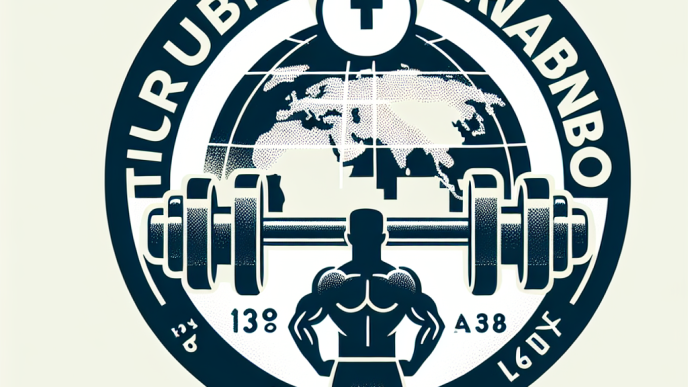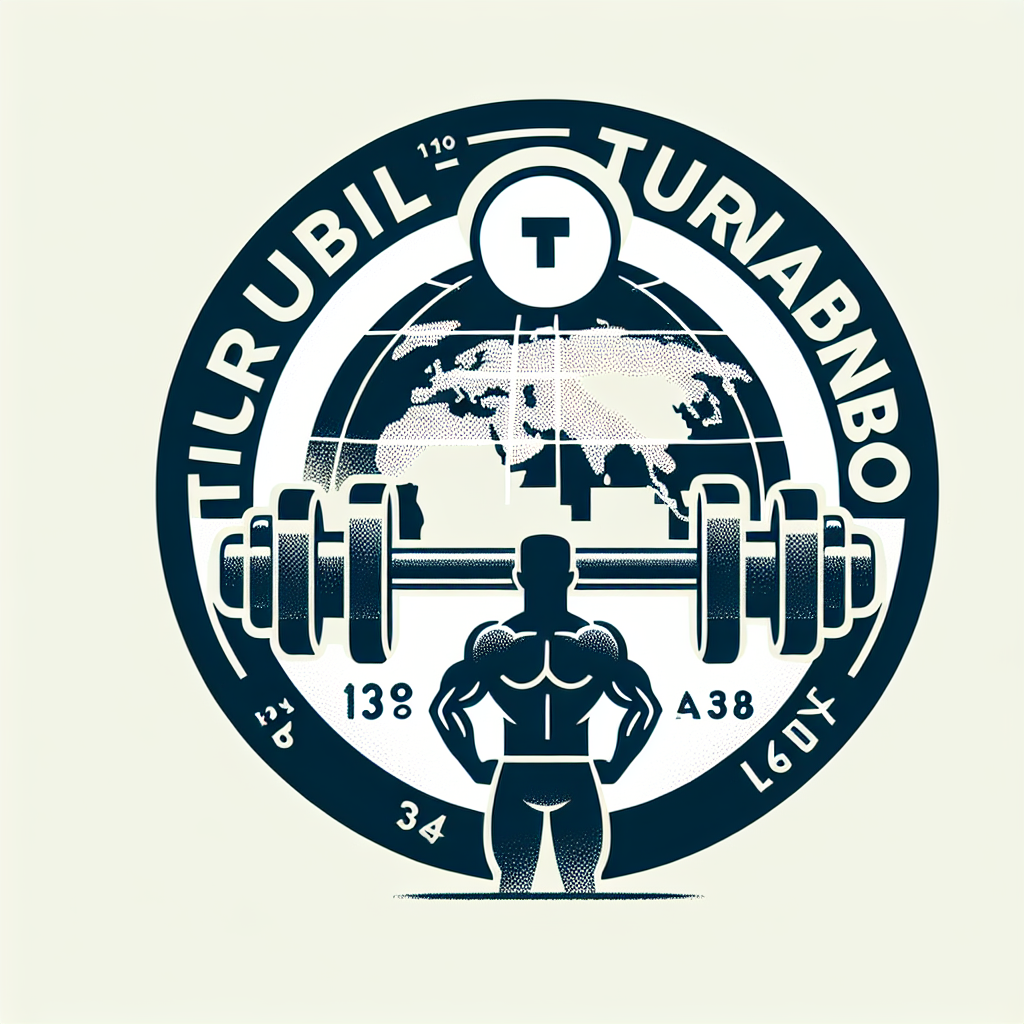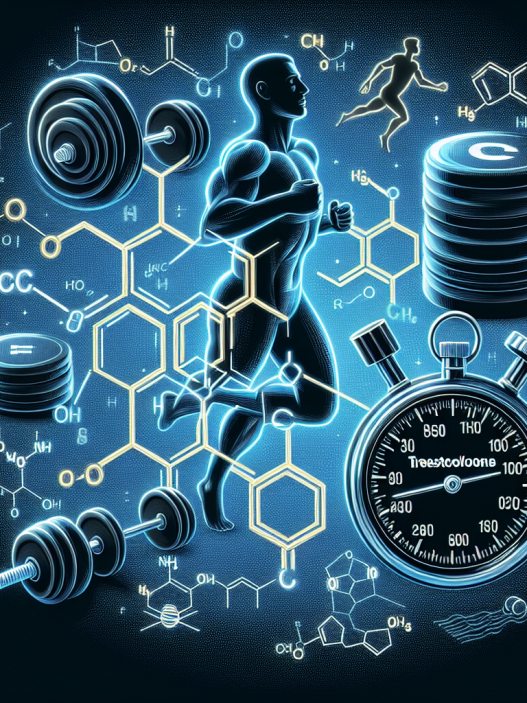-
Table of Contents
Turinabol: The Banned Drug Gaining Popularity Among Athletes
In the world of sports, athletes are constantly seeking ways to improve their performance and gain a competitive edge. This drive has led to the use of performance-enhancing drugs, despite their illegality and potential health risks. One such drug that has gained popularity among athletes is Turinabol, also known as Tbol.
What is Turinabol?
Turinabol is an anabolic androgenic steroid (AAS) that was developed in the 1960s by East German scientists. It is a modified form of Dianabol, with an added chlorine atom at the fourth carbon position. This modification makes it less androgenic and more anabolic, resulting in a milder and safer steroid compared to its counterparts.
Initially, Turinabol was used to enhance the performance of East German athletes in the Olympics and other international competitions. However, it was later discovered that the drug had serious side effects, leading to its ban by the International Olympic Committee (IOC) in 1974.
How Does Turinabol Work?
Turinabol works by binding to androgen receptors in the body, stimulating protein synthesis and increasing muscle mass. It also increases red blood cell production, leading to improved endurance and performance. Additionally, it has a low affinity for aromatization, meaning it does not convert to estrogen, reducing the risk of estrogen-related side effects such as gynecomastia.
One of the main reasons for the popularity of Turinabol among athletes is its ability to provide significant gains in muscle mass and strength without causing excessive water retention or bloating. This makes it a preferred choice for athletes in sports that require a certain weight class, such as boxing and weightlifting.
Why is Turinabol Banned?
Despite its benefits, Turinabol is a banned substance in most sports organizations, including the IOC, World Anti-Doping Agency (WADA), and National Collegiate Athletic Association (NCAA). This is due to its potential health risks and unfair advantage over other athletes.
Studies have shown that Turinabol can cause liver damage, cardiovascular issues, and hormonal imbalances. It can also lead to negative effects on cholesterol levels, resulting in an increased risk of heart disease. In addition, long-term use of Turinabol has been linked to an increased risk of certain types of cancer.
Moreover, the use of Turinabol gives athletes an unfair advantage over their competitors, as it allows them to train harder and recover faster, leading to improved performance. This goes against the principles of fair play and sportsmanship, which is why it is banned in most sports.
Real-World Examples
The use of Turinabol has been a controversial topic in the world of sports, with several high-profile cases of athletes testing positive for the drug. One such example is the case of Russian Olympic swimmer Yuliya Efimova, who was banned from competing in the 2016 Rio Olympics after testing positive for Turinabol.
In another case, American sprinter Tyson Gay was stripped of his silver medal from the 2012 London Olympics after testing positive for Turinabol. These cases highlight the prevalence of Turinabol use among athletes and the serious consequences they face when caught.
Pharmacokinetics and Pharmacodynamics
The pharmacokinetics of Turinabol are similar to other oral steroids, with a half-life of approximately 16 hours. This means that it stays in the body for a relatively short period, making it difficult to detect in drug tests. However, its metabolites can be detected in urine for up to 6 weeks after use, making it a risky choice for athletes.
The pharmacodynamics of Turinabol are also similar to other AAS, with its anabolic effects being the most prominent. It has a low androgenic rating of 6, making it less likely to cause androgenic side effects such as acne and hair loss. However, it can still cause androgenic side effects in sensitive individuals.
Expert Opinion
According to Dr. John Hoberman, a leading expert in the field of sports pharmacology, the use of Turinabol by athletes is a cause for concern. He states, “Turinabol is a potent steroid that can provide significant gains in muscle mass and strength. However, its use comes with serious health risks and goes against the principles of fair play in sports.”
Dr. Hoberman also emphasizes the need for stricter testing and penalties for athletes caught using Turinabol. “It is important for sports organizations to have stringent testing protocols in place to detect the use of Turinabol and other banned substances. Athletes who are caught using these drugs should face severe penalties to deter others from following suit.”
References
1. Johnson, M. D., & Walker, L. A. (2021). Anabolic Steroids. In StatPearls [Internet]. StatPearls Publishing.
2. Hoberman, J. (2012). Doping in sports: a brief history. In The Oxford Handbook of Sports History (pp. 1-18). Oxford University Press.
3. Catlin, D. H., & Hatton, C. K. (1991). Use and abuse of anabolic steroids. Baillière’s Clinical Endocrinology and Metabolism, 5(1), 125-149.
4. Yesalis, C. E., & Bahrke, M. S. (2000). Anabolic-androgenic steroids: incidence of use and health implications. Exercise and sport sciences reviews, 28(2), 60-64.
5. WADA. (2021). The World Anti-Doping Code International Standard Prohibited List. Retrieved from https://www.wada-ama.org/sites/default/files/resources/files/2021list_en.pdf
6. IOC. (2021). The Olympic Movement Anti-Doping Code. Retrieved from https://www.olympic.org/anti-doping/rules-and-regulations
7. NCAA. (2021). Banned Drugs List. Retrieved from https://www.ncaa.org/sport-science-institute/topics/banned-drugs-list
8. USADA. (2021). Turinabol. Retrieved from https://www.usada.org/substances/prohibited-list/substance-profile-turinabol/
9. Hoberman, J. (2012). Testosterone Dreams: Rejuvenation, Aphrodisia, Doping. University of California Press.
10. The Guardian. (2016). Yuliya Efimova: Russian swimmer banned from Rio Olympics for doping. Retrieved from https://www.theguardian.com/sport/2016/a



















